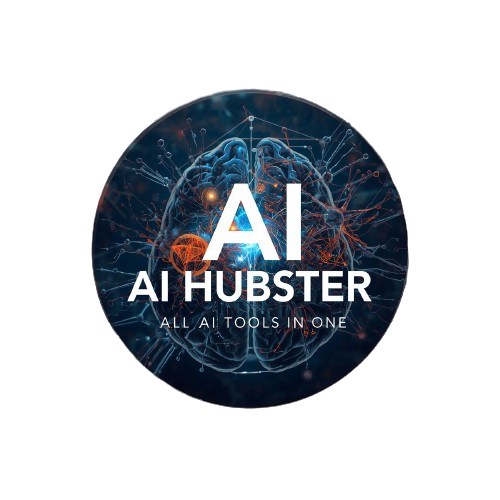Step-by-Step Roadmap
Foundations (4–8 weeks) Python • Math • Data • Git • Cloud
Learn Python (idiomatic), notebooks, environments; linear algebra & gradients; stats & probability; data wrangling with pandas/Polars & SQL; Git/GitHub; Docker; and basic cloud (AWS/GCP/Azure free tiers).
- Practice: Recreate a Kaggle EDA; push a clean, reproducible repo.
- Checklist: read/plot CSV, train/test split, clear README.
Core Machine Learning (6–10 weeks)
Study regression, classification, trees/ensembles, cross-validation, metrics (F1, ROC-AUC, RMSE), pipelines & leakage. Build a baseline fast and do error analysis.
Project: churn prediction or demand forecasting with a production-style README.
Deep Learning (6–10 weeks)
Pick PyTorch or Keras, learn CNNs, sequence models, attention/Transformers, regularization, schedulers, mixed precision, checkpoints, and GPU basics.
Project: transfer learning for image quality or audio keyword spotting.
GenAI & LLMs (6–10 weeks)
Understand tokenization, embeddings, prompting strategies, and evals. Practice LoRA/QLoRA fine-tuning. Build RAG with hybrid search/rerankers, add guardrails and hallucination checks.
Project: domain assistant with offline evals + simple UI.
MLOps / LLMOps (4–8 weeks)
Experiment tracking (MLflow/W&B), data & model versioning (DVC), serving (FastAPI, serverless), CI/CD, and monitoring (drift, latency, cost). Prepare incident playbooks.
Project: productionize your best model/API with autoscaling & dashboards.
Specialize & Portfolio
Choose NLP/LLMs, Vision, Recommenders, Time-series, or RL. Publish 3–5 solid repos with demos, model cards, and deployment docs. Write 3 short technical posts.
